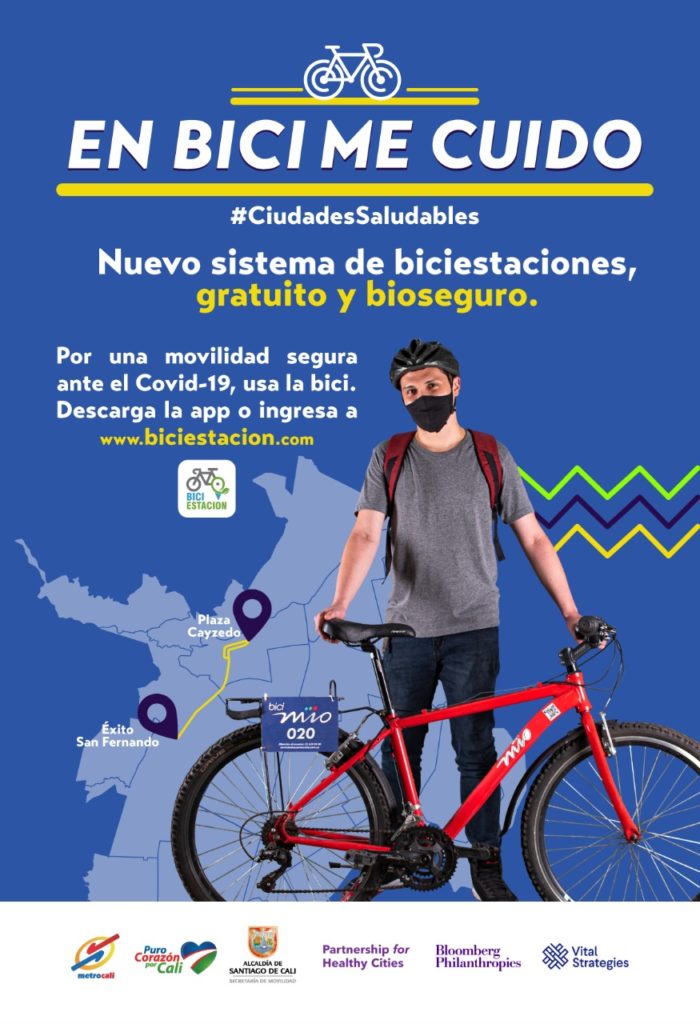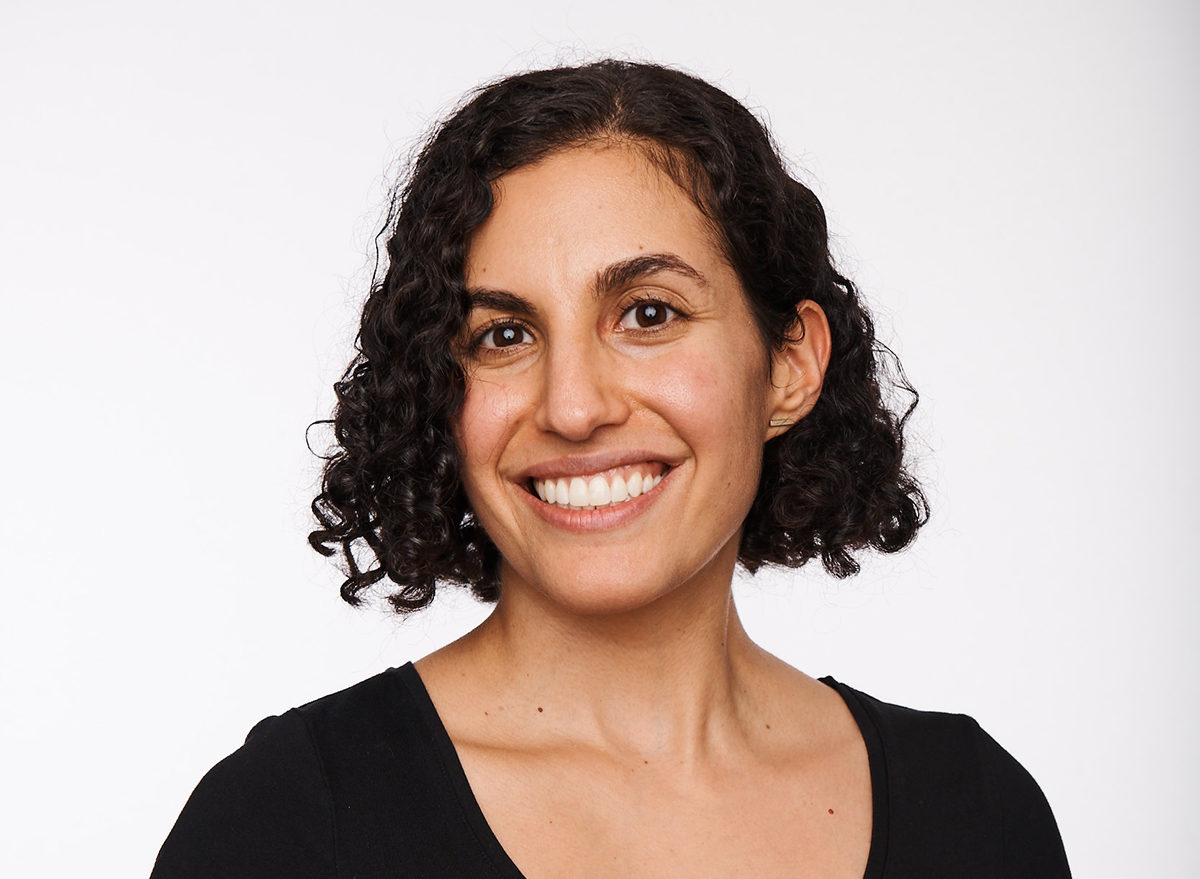Cities have been leaders in the global response to COVID-19, and the course of the pandemic has demonstrated that they can shape a healthier era ahead. World Cities Day, recognized annually on Oct. 31, comes at time of great challenge but also amid global recognition of urban public health’s powerful role to promote healthier, more sustainable systems and behaviors for all.
We sat down with Ariella Rojhani, Director of the Partnership for Healthy Cities at Vital Strategies, to learn more about how the global network of cities has adapted to the COVID-19 era.
“With cities home to the majority of the world’s population, urbanization is no longer only a demographic trend but a determinant of health in itself.”
This is a critical time for cities. How does an emphasis on urban health make a difference during a crisis like COVID-19—and afterward?
The COVID-19 pandemic has exposed gaps in municipal investment in public health and has also laid bare the challenges unique to securing and protecting health in cities. With cities home to the majority of the world’s population, urbanization is no longer only a demographic trend but a determinant of health in itself. Embracing “urban health” means looking at the full urban system, including exploring the social, economic and political factors that influence health outcomes.
Every decision made during COVID-19 has public health implications. As has been said by Dr. Tom Frieden, former Director of the Centers for Disease Control and current President and CEO of Resolve to Save Lives, an initiative of Vital Strategies: It’s a false dichotomy to consider public health vs. the economy. One does not exist without the other, especially in cities, where the distance between a robust economy and someone’s wellbeing is much shorter.
“By staying engaged and present, the Partnership pivoted to immediate assistance as well as supporting more holistic programming, especially as COVID-19 revels itself to be a chronic condition requiring ongoing, long-term care.”
The world has changed in 2020—and so has the work of the Partnership for Healthy Cities. Can you explain the scope of and reasoning behind the Partnership’s COVID-19 response support?
Expanding our program to the COVID-19 response was a decision born from humanitarian need and pragmatism. We expected a demand for technical support and for goods and services that many cities would not be in a position to source quickly, but which the Partnership could provide with relative ease.
Practically speaking, all governments’ attention and resources were rightfully redirected to the pandemic response—placing all noncommunicable disease (NCD) and injury prevention work on hold. By staying engaged and present, the Partnership pivoted to immediate assistance as well as supporting more holistic programming, especially as COVID-19 revels itself to be a chronic condition requiring ongoing, long-term care.
I should mention that the decision to expand the Partnership’s scope during this time was rooted in an ethical perspective: Would it be ethical to withhold public health resources amidst the greatest crisis in a century? We are fortunate to work with supportive donor and partners who agreed that we had a moral imperative to meet the moment.
“Making funding immediately available to governments significantly augmented their response activities and allowed cities to reach countless more residents.”
What is one of the most effective aspects of the Partnership’s support for cities’ COVID-19 response?
The same things that are useful during non-COVID times proved useful for the response: providing rapid and consistent technical, financial and communication support to members of the network. Making funding immediately available to governments significantly augmented their response activities and allowed cities to reach countless more residents. Providing vetted, evidence-based communication materials that could be easily adapted for the local context saved cities time and money and helped them combat the “
“Physical distancing and the need to reduce density on public transit created an opportunity for cities to develop and implement new networks of protected bike lanes, as has been done in Santo Domingo, Guadalajara, Paris and countless other cities, an intervention with public health and climate co-benefits.”
Cities across the globe are using momentum from their COVID-19 response efforts to reimagine sustainable urban development, often with an eye toward climate change and environmental health. What are some examples you have seen within the Partnership network?
The best example is the work being done on expanding safe mobility in cities. Physical distancing and the need to reduce density on public transit created an opportunity for cities to develop and implement new networks of protected bike lanes, for example. This kind of intervention, with public health and climate co-benefits, has been done in Santo Domingo, Guadalajara, Paris and countless other cities. Our hope is that mayors who have supported these measures during times of crisis will see the value and public support for these initiatives and make the investment to transition them to permanent.
It’s also been incredible to see cities take this time to double down on long-term public health investment. We are particularly proud of Partnership-supported work to enhance surveillance capacity locally, such as a project to augment and digitize daily situational reports in Harare, Zimbabwe through the development of a Tableau dashboard. This investment as a foundational public health tool can be utilized beyond COVID-19, including for NCDs and injuries, and well into the future.

“We, the collective public health practitioners, can no longer afford to treat each risk factor or disease as its own separate silo—but rather as an integrated health system. “
Do you think the work of the Partnership will be permanently affected by the experience of the pandemic? If so, how?
Unquestionably. This bears repeating: We, the collective public health practitioners, can no longer afford to treat each risk factor or disease as its own separate silo—but rather as an integrated health system.
Looking inward, we have a much better understanding of the strengths and limitations of the Partnership’s global network and of the value we provide. This will allow us to be more intentional with the program and with how we direct our resources toward strategies and investments that have the most direct and practical use to cities.
Learn more about the Partnership for Healthy Cities COVID-19 Response: https://cities4health.org/
About the Partnership for Healthy Cities:
The Partnership for Healthy Cities is a prestigious global network of cities committed to saving lives by preventing noncommunicable diseases (NCDs) and injuries. Supported by Bloomberg Philanthropies in partnership with WHO, as well as Vital Strategies, this initiative enables cities around the world to deliver a high-impact policy or programmatic intervention to reduce NCDs and injuries in their communities. For more information, visit: https://partnershipforhealthycities.bloomberg.org/
The Partnership for Healthy Cities COVID-19 Response is part of the $40 million Bloomberg Philanthropies COVID-19 Global Response Initiative. By collaborating with the WHO and Resolve to Save Lives, an initiative of Vital Strategies, the Partnership for Healthy Cities COVID-19 Response is working hand-in-hand with the world’s leading experts on epidemic prevention.
